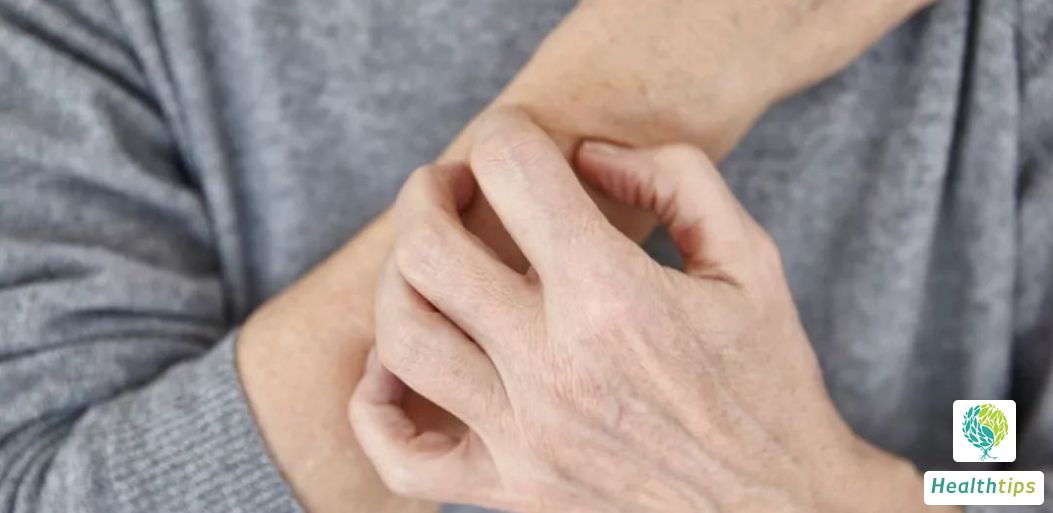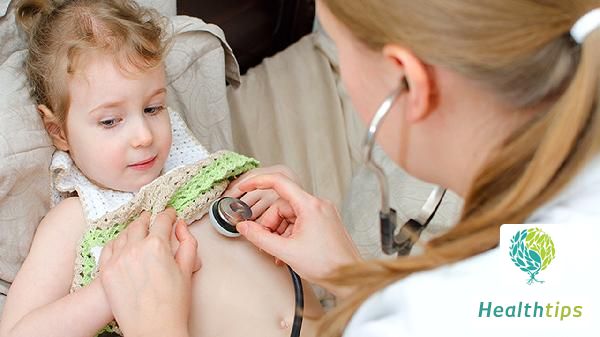How to Detect Excessive Lead Levels in Children?
Checking for excessive lead levels in children is relatively simple as it can be done at ordinary hospitals and women and children's hospitals. A blood test and a seven-item trace element examination are required at the hospital for this purpose. When children are young, their bodies have relatively poor resistance. If there is a lack of essential elements in their bodies, it can easily lead to discomfort and even certain diseases. Therefore, it is crucial to conduct a physical examination as soon as possible when a child is feeling unwell.

If a child has lead poisoning, they may experience symptoms such as loss of appetite, stomach pain, insomnia, learning disabilities, constipation, nausea, diarrhea, fatigue, low IQ, anemia, depression, abdominal pain, and even hypertension. Parents should take these symptoms seriously as many diseases are easier to treat when detected early. Therefore, parents should pay close attention to their children's physical condition on a daily basis.
As for what to eat when a child has excessive lead levels, soy products are a good choice as they contain high-quality protein that can help remove lead from the body, similar to milk. Milk contains protein that can bind with lead in the body to form a soluble compound, preventing its absorption. Carrots are rich in pectin, which can reduce the toxicity of lead in the body and decrease its absorption. Wood ear mushrooms have excellent anti-cancer properties and can help eliminate lead and other harmful substances from the body. Additionally, eating foods rich in vitamin C can help inhibit the absorption of lead as it binds with lead to form insoluble and non-toxic salts that can be excreted through feces. It is recommended that adults consume at least 150 milligrams of vitamin C per day, and those who have been diagnosed with lead poisoning should increase this to 200 milligrams.



















